Centrifugal Blood Pump CFD Simulation, ANSYS Fluent Training
Centrifugal Blood Pump CFD Simulation, ANSYS Fluent Training
- Upon ordering this product, you will be provided with a geometry file, a mesh file, and an in-depth Training Video that offers a step-by-step training on the simulation process.
- For any more inquiries regarding the product, please do not hesitate to reach out to us at info@CFDLAND.com or through our online support assistant.
€290 Original price was: €290.€175Current price is: €175.
Centrifugal blood pumps are amazing life-saving devices that keep blood flowing when hearts can’t do their job! Engineers use powerful computer tools called Computational Fluid Dynamics (CFD) to design better and safer pumps without needing to build physical models first. First of all, blood pump CFD lets engineers see exactly how blood moves through every tiny part of the pump at speeds impossible to observe with human eyes. Additionally, these clever simulations show dangerous spots where blood might get damaged or form clots, allowing designers to fix problems before a real patient ever uses the device. Moreover, centrifugal pumps work differently from natural hearts by spinning blood outward instead of squeezing it forward, creating unique flow patterns that must be carefully studied. Most importantly, cardiovascular CFD has revolutionized how medical devices are created, allowing countless improvements that weren’t possible before computers became powerful enough to handle these complex simulations. The current CFD study features from the guidance of the reference paper entitled “ On the Optimization of a Centrifugal Maglev Blood Pump Through Design Variations”.

Figure 1: Schematic of the maglev blood pump mode from reference paper
Simulation Process
The baseline design was based on a previously developed maglev blood pump. The main design parameters of the impeller (as shown in Figure 1) were determined accordingly and are shown in Table 1 (reference paper). 9495864 tetrahedral elements establish the computational zone. The Frame Motion module, known as Multi-Reference Frame (MRF), applies 3500 rpm impeller motion.

Figure 2: Section view of produced grid
Post-processing
The velocity contour shows how fast blood moves inside our heart pump! When the pump spins, it creates beautiful swirling paths that push blood from the middle outward in a spiral pattern. Our simulation captured amazing top speeds of 9.6 meters per second – that’s faster than an Olympic swimmer! Most of the fastest flow happens in the outer ring where the spinning part (called the impeller) pushes the blood hardest. Also, notice how the center tube has slower moving blood that speeds up as it enters the main pump area! Furthermore, the spiral pattern created by the curved blades helps move blood smoothly without damaging the tiny cells. This special flow pattern is exactly why centrifugal pumps work so well for heart patients – they move blood effectively without creating harmful jumping or stopping motions that could hurt blood cells.
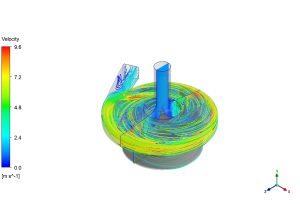
Figure 3: Velocity streamlines in the centrifugal blood pump
The pressure and wall shear maps tell us even more about how this amazing pump works! In the middle of the pump, there’s very low pressure (as low as -66,252 Pascal) that sucks blood in like a vacuum cleaner. We measured a huge pressure jump of over 71,000 Pascal from the center to the outlet, which creates the perfect force to push blood into your body. Additionally, the wall shear stress shows us how much the moving blood rubs against the pump walls. The highest rubbing forces (up to 489.8 Pascal) happen right at the blade edges where blood gets pushed hardest. Most importantly, this data helps engineers design pumps with the right shapes to avoid too much rubbing that could damage blood cells or create clots. The curved impeller design creates a perfect balance between strong pumping power and gentle blood handling, making this blood pump safe for patients who need heart help for months or even years!
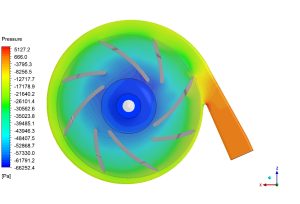
Figure 4: Pressure distribution across the pump
We pride ourselves on presenting unique products at CFDLAND. We stand out for our scientific rigor and validity. Our products are not based on guesswork or theoretical assumptions like many others. Instead, most of our products are validated using experimental or numerical data from valued scientific journals. Even if direct validation isn’t possible, we build our models and assumptions on the latest research, typically using reference articles to approximate reality.
Yes, we’ll be here . If you have trouble loading files, having technical problems, or have any questions about how to use our products, our technical support team is here to help.
You can load geometry and mesh files, as well as case and data files, using any version of ANSYS Fluent.
€160 Original price was: €160.€135Current price is: €135.

€110 Original price was: €110.€95Current price is: €95.

€195 Original price was: €195.€145Current price is: €145.

€140 Original price was: €140.€85Current price is: €85.

€180 Original price was: €180.€99Current price is: €99.

€190 Original price was: €190.€155Current price is: €155.




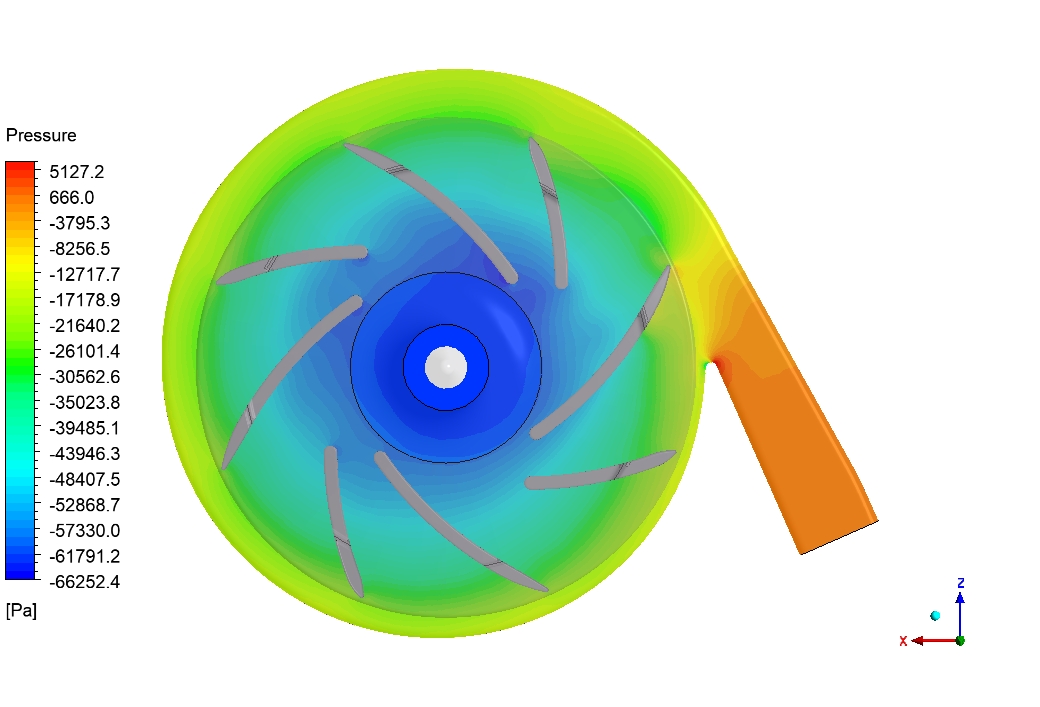









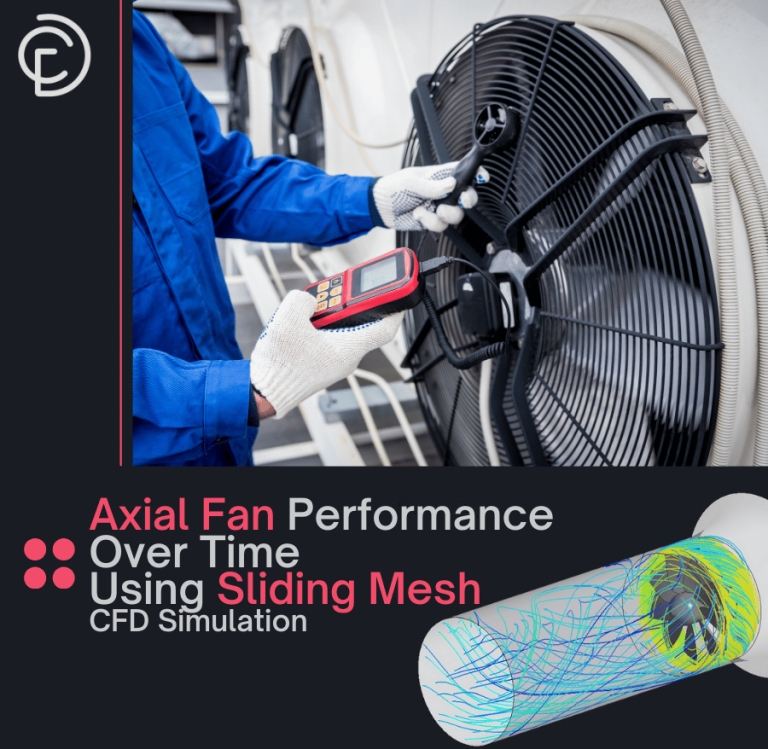
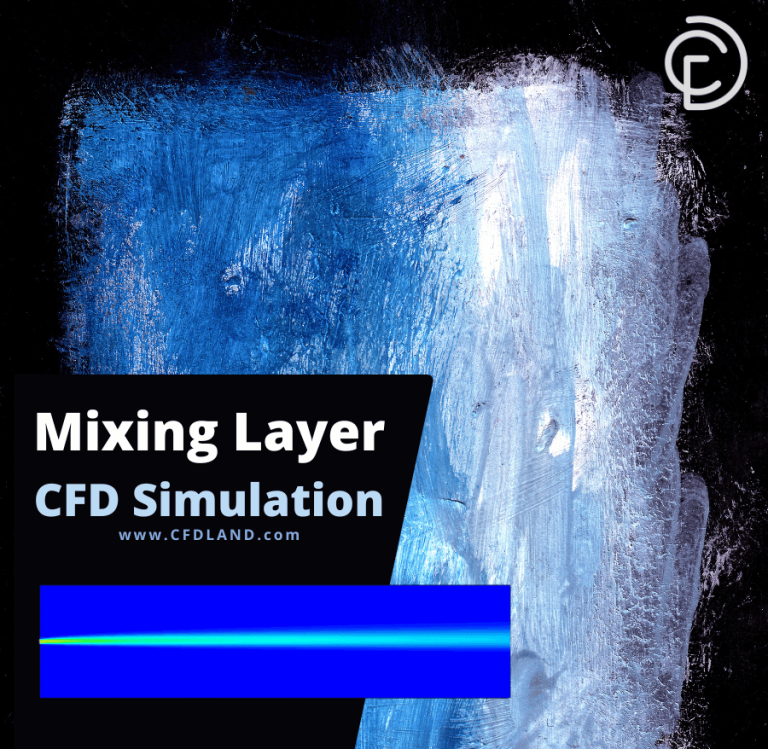

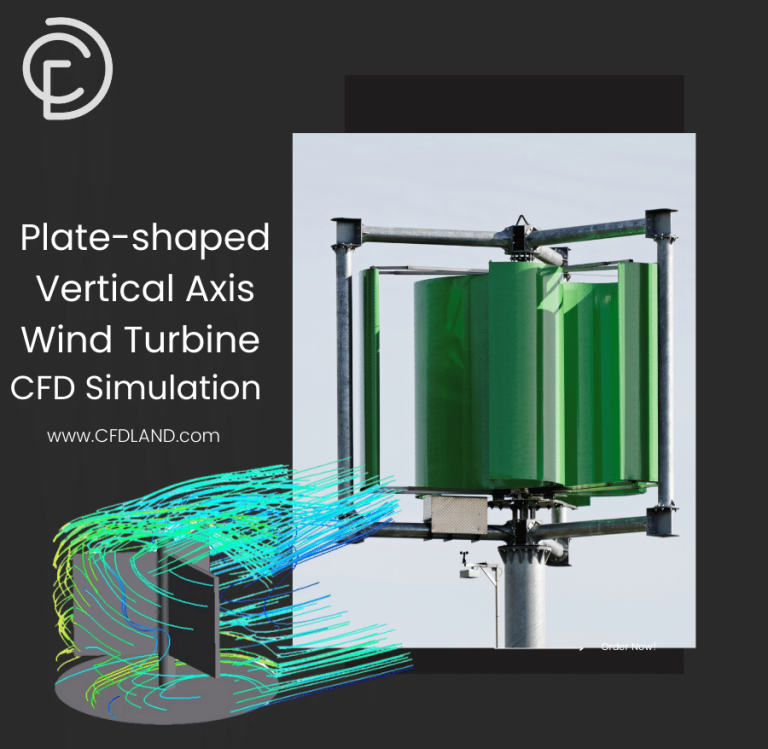
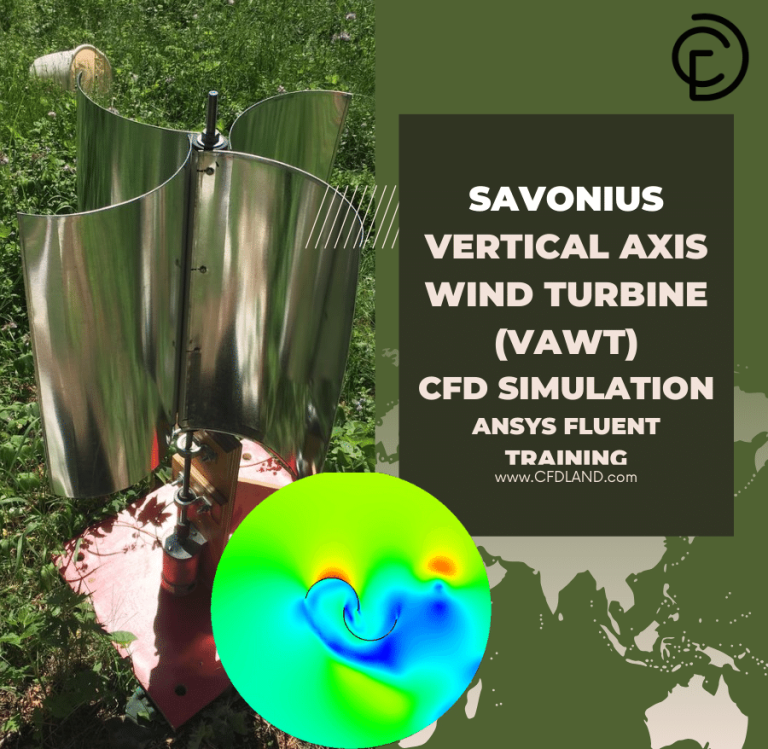
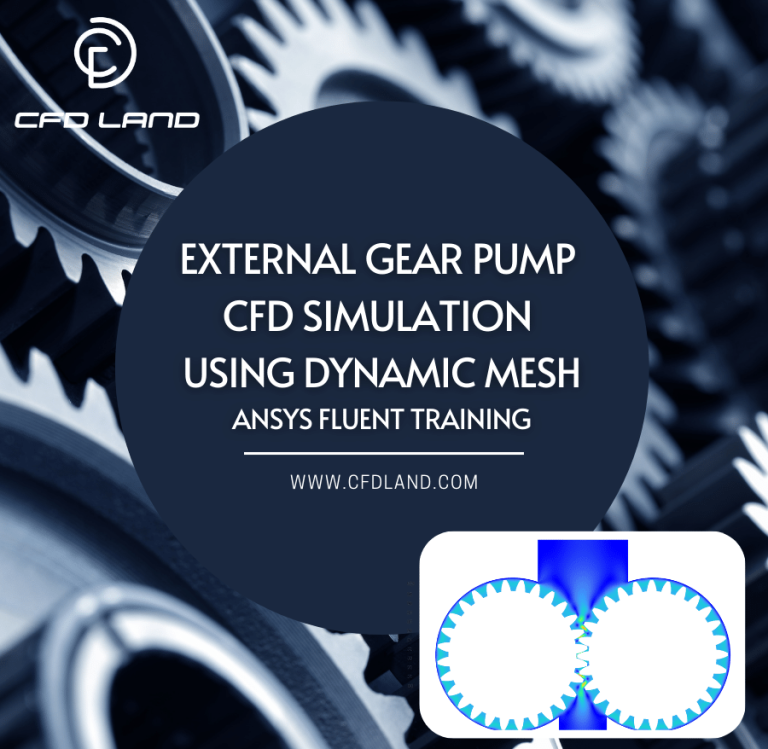
Reviews
There are no reviews yet.